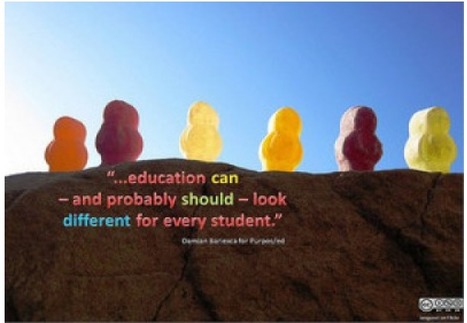"The central question of Universal Design for Learning (UDL) surrounds the idea of barriers to learning: Is the child “disabled”? Or, could we more accurately say that many of our school environments are disabling to children?
We understand, through UDL, that environments can disable learning and the significance of identifying and eliminating barriers to access. Further, we understand that children whose learning is obstructed by the environment, can sometimes behave in challenging ways. CPS takes this one step more, encouraging teachers to recognize that even children with no physical or cognitive barriers to learning, may struggle with emotional barriers. These may be difficult to identify at times, but identifying and collaboratively addressing these barriers is as essential to our work as it is to ensure that children can work within their preferred learning style, or have access to assistive technologies. This doesn’t mean that the demands of the environment are wrong – “no hitting” is a fair and realistic rule, for instance – simply that some children don’t have the skills to abide by these expectations and that preparing them to do so is a teaching task, not a task of punishment.
If we believe (and I do), that children who fail to be engaged in school work and learning are in some way disabled by their environments, then I feel we must believe the same of behaviour. Rather than labeling children with unkind and unhelpful descriptors such as “unmotivated” or “defiant”, we need to see challenging behaviours as expressions of an inability to meet the demands of the environment."
Katia Reid asks: "Do you see the same relationship to UDL that I am seeing? I’d love to hear your thoughts!"



 Your new post is loading...
Your new post is loading...








What a perfect lead-in / intro to a staff meeting discussion around inclusion and integration with adaptations! Katia Reid puts it in perfect 'focus' from a perspective we can all appreciate:
"Sitting in a large lecture theatre for a presentation that I was attending voluntarily, I reached into my purse for my glasses and realized I had forgotten them at home. The lecture was two hours long and although my hearing is fine, being within a visual fog that made it impossible to see the lecturer was frustrating. After a while, I gave up trying to listen, and I took out my cell phone instead."
How many of us experience this scenario on similar levels ... yet we know there are students in every classroom experiencing this same scenario. They're usually the easist to identify ... they 'self-identify' through inappropriate behaviour!